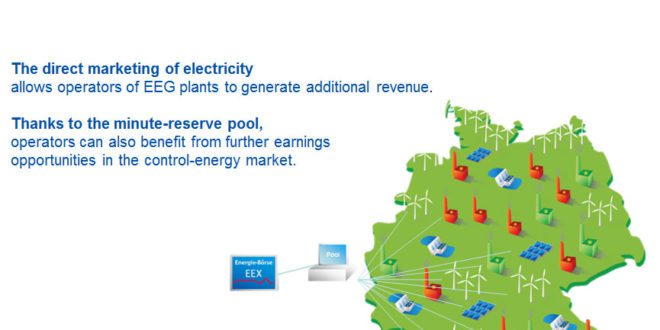Virtual power plant: that sounds like part of a video game like “SimCity” or “Cities: Skylines” — but it’s not. The virtual power plant (VPP) is a real, up-and-coming energy source. It’s a widespread collection of modest power systems with one control site that runs them like a single power plant. The control room increases or decreases production or storage depending upon consumers’ needs. Sources of power vary and include water, solar, wind, bio-gas and natural gas.
These alternatives to traditional power companies regulate energy availability to prevent power fluctuations while maintaining affordable pricing. This new energy model may be on its way to making sweeping changes in the energy industry.
Filling in the Gaps
Consumers have turned to alternative energy for a variety of reasons: cost, environmentalism, independence, security and renewability. While virtual power plants may address those issues, they also coordinate energy storage and delivery. Renewable energy sources are an aspect of VPPs. This helps during both at peak times and energy crises.
- Highs and lows: Demands on power companies are greatest during the day, when consumption is highest. Virtual power plants continue to collect and store energy at night. Far less energy is used then, so it’s less expensive. Excess energy is released when needed. This lowers the dependency on traditional power plants and helps prevent energy shortages such as brownouts.
- Crises: Energy emergencies caused by humans or nature interrupt power supplies. For instance, a 2015 natural gas leak from a California storage facility threatened electricity availability. However, reliance on VPPs helped close the energy gap and provide an uninterrupted flow of electricity.
- Renewability: Solar energy collection occurs during daylight hours, even in overcast conditions (just less effectively). Excess energy is stored and tapped into at night. Because of this, the energy supply can be irregular. VPPs pick up the slack, allowing continual use. They also bring renewable energy to consumers who have previously relied on fossil fuels.
Reducing Demand
Worldwide, virtual power plants vary. Two basic models are used:
- North American: In North America, VPPs react to consumer demand. Power goes to consumers as needed. A VPP regulates energy flow when demand is heavy in one area and light in another. Sources of power are a mix of fossil fuels and renewables.
- European: In Europe, renewable energy sources are important. However, their availability fluctuates due to natural causes. Therefore, European VPPs are based on supply.
In either model, renewable energies, such as wind and solar, require reliable data management systems. For uninterrupted supplies, energy sources require around the clock monitoring, even in remote areas.
Helping Renewable Energy
In 2012, renewable sources supplied about 13 percent of energy worldwide. By 2020, that’s expected to double. Within the U.S. alone, the use of clean energy is on its way to producing 28,000 megawatts by 2023. That’s more than a fivefold increase in fewer than 10 years. This international shift towards renewable energy will likely stimulate development of VPPs.
Increasing numbers of energy consumers — both individual and corporate — are focusing on developing their own solar or geothermal energy systems. These energy users will be able to become suppliers, as well. Extra energy produced can enter the marketplace through VPPs. This could change the shape of American energy delivery. Small, local, renewable energy providers may overtake large interstate corporations.
Looking Towards the Future
While VPPS are on track to expanding clean energy, their future will likely have some bumps. Here are two of the biggest issues:
- The expansion of VPPs won’t be based on the power plants themselves. Energy is collected efficiently from a wide variety of sources already. The challenge is the “virtual” aspect: linking power sites.
A single VPP often relies on different forms of energy. Each has its own type of equipment and technology. For a VPP to function properly, these systems need to cooperate. The goal is software that’s able to communicate with disparate sources. Every vendor and system needs to be on the same virtual page.
- In general, major utility companies are not keen on having their revenue streams cut by new suppliers. VPPs provide another option in the energy marketplace, and established energy providers don’t want to lose their shares. Expansion of VPPS may well require the intervention of regulators. For instance, in California, energy sales and utility profits are no longer directly linked. Therefore, power companies are less hesitant to explore the benefits of VPPs.
As VPPs expand into the market, they may also lead to a new development: virtual energy clouds. In this model, suppliers and consumers do business directly. The number of choices for both sides increases.
Wood, coal, fossil fuels, hydroelectricity, nuclear, wind, sunlight: Americans have used many energy sources over the years. A new twist: combining some of these to get the best possible service. Virtual power plants could be the next big step for U.S. energy delivery.

 Alternative Energy HQ solar power for homes, wind energy, and bio fuel issues
Alternative Energy HQ solar power for homes, wind energy, and bio fuel issues







